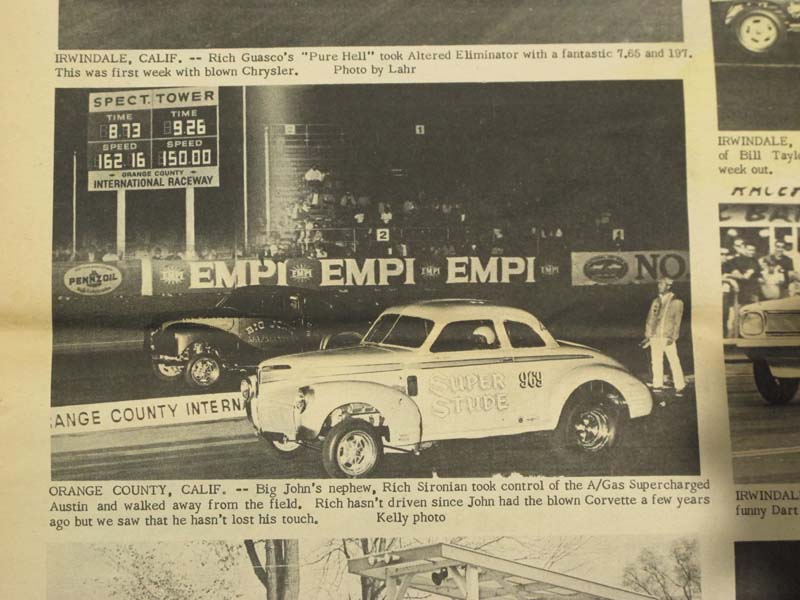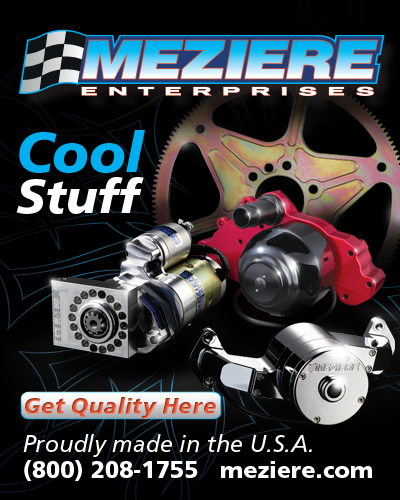DRAG RAGS: 1967, PART 2—OCIR & THE MANUFACTURERS MEET
To enlarge font for captions - Hold down CTRL button and push down + symbol on the numbers bar. Each time you press the + it will increase font size. To reduce size, hold down CTRL button and press -
Publisher's Note: Duplicate issues of most 1966 drag rags & mags are now available from the Wallace Family Archives (hrd.dave@gmail.com).

Attention in the pits: We interrupt the usual programming order to bring you this special, midseason-1967 installment of Drag Rags due to two historic happenings three months apart: the grandest opening imaginable for the original Supertrack—constructed for a staggering cost of $750,000—closely followed by the inaugural Manufacturers Meet. The fact that the same young venue presented both the August and November events hinted at Orange County International Raceway's singular impact upon a young American motorsport.
OCIR's three-story, octagon-shaped timing tower with its dimly-lit nightclub of a top floor was instantly iconic at a time when race tracks' prevailing architectural style is best described as midcentury plywood. Full marching bands stomped the length of this landscaped drag strip. A stunt pilot performed aerobatics before landing on the racing surface, taxiing to cheers. Clean-cut ushers oversaw reserved, numbered seats with redwood backrests.
An army of employees on and off the track was clothed in matching white pants and blue Hang 10 shirts. The uniforms' embroidered Indy-car logo represented the big-time road racing that was expected to top the marquee and pay the big bills, while twice-weekly drag races kept some cash flowing between envisioned open-wheel, motorcycle and sports-car extravaganzas that never materialized (nor did the rented shop buildings that founder Mike Jones expected to ensure steady cashflow).
Elapsed times and miles per hour lit up an electronic scoreboard behind the starting line. A tunnel near the finish line fed families from spectator parking to a children's play area on the pit side as fuel cars shook the ground directly overhead. A fulltime speed shop operated alongside a full-service restaurant all week. Pit areas were paved and lined with trees. Open-qualified pro shows were scheduled as ofter as very other Saturday, year around.
Each November, the many match racers wintering—and idled—in southern California inspired Jones to try a one-day showdown of 40-plus nitro Funny Cars. Because the majority of 1967's powerplants still represented the respective body make, six pre-entered teams were organized according to Detroit manufacturer (with enough quality leftovers to form a seventh group of stand-by alternates). After three round-robin preliminary sessions, the quickest two drivers overall faced off for individual honors.
Our accompanying event clippings document a level of instant success that no one expected, especially so late in the year—at night, yet! That fall formula would be repeated by Mike Jones and three different successors 16 times before OCIR was officially closed by its landlord, the Irvine Company, upon the 3:15 a.m. conclusion of the Last Drag Race on Sunday, October 30, 1983.
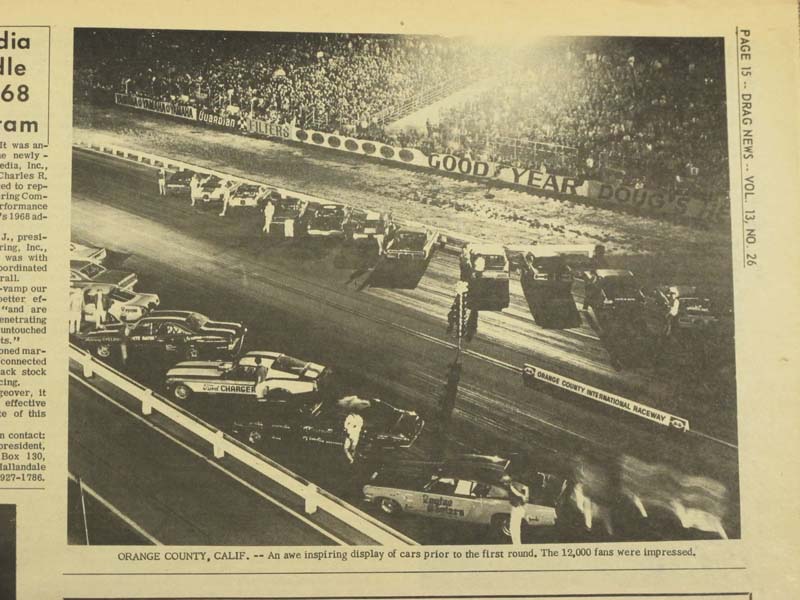
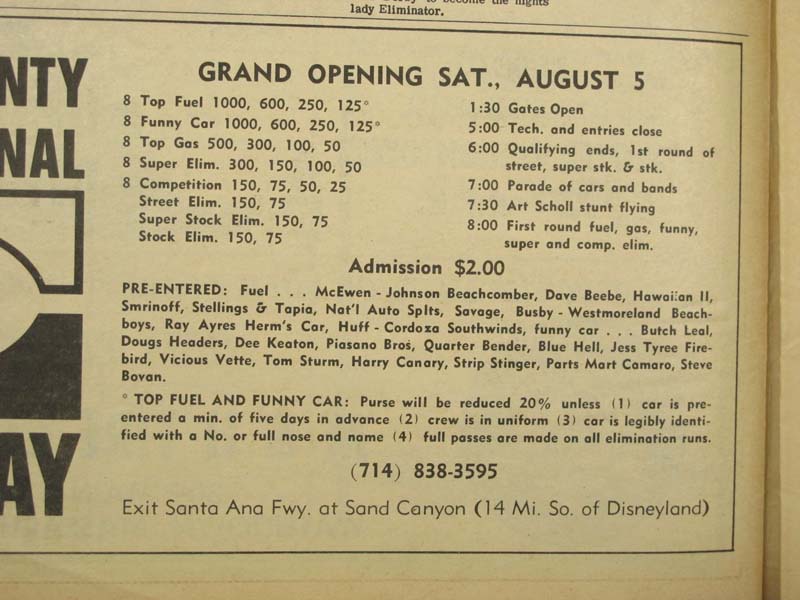
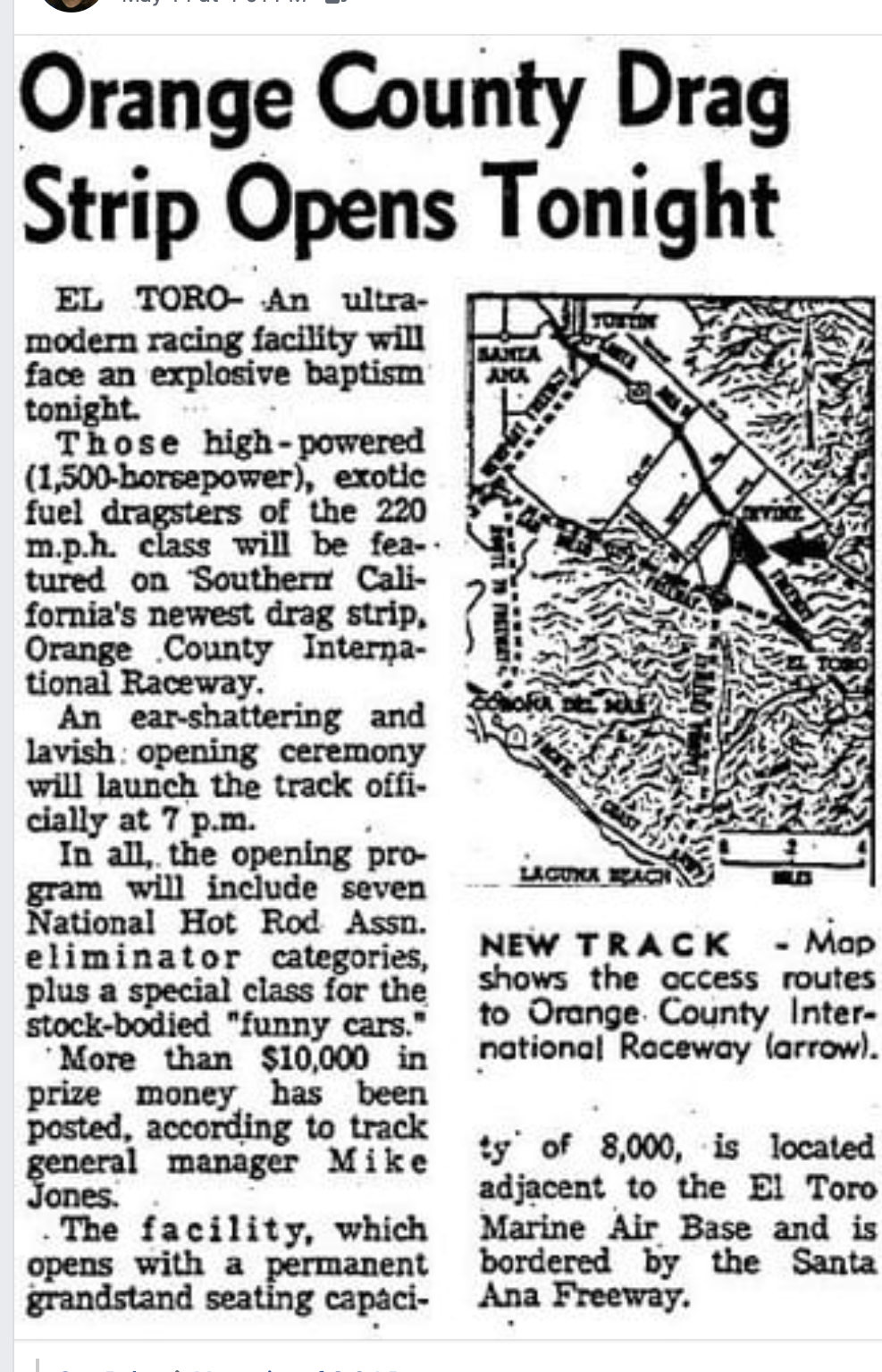
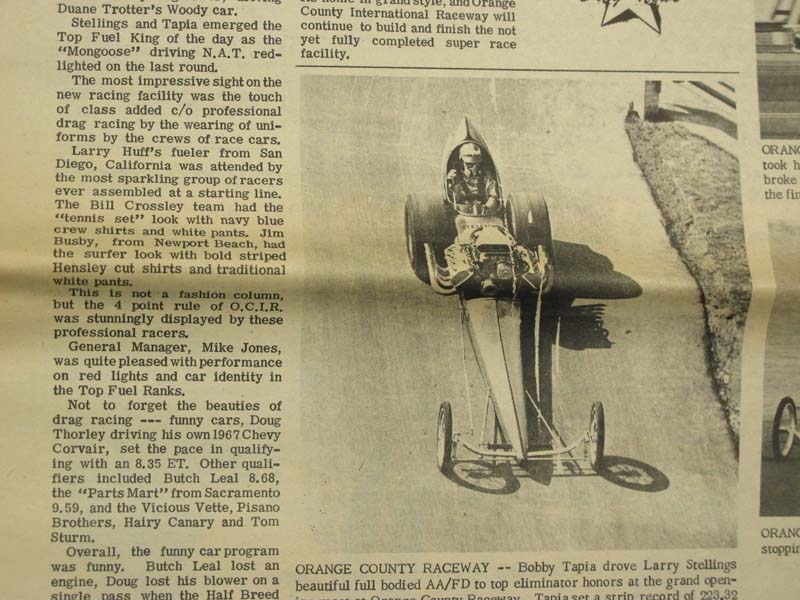
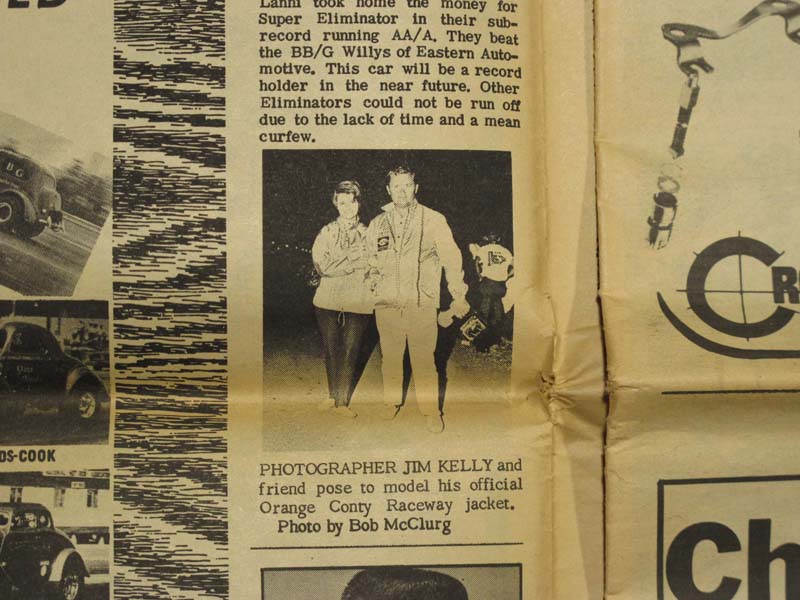
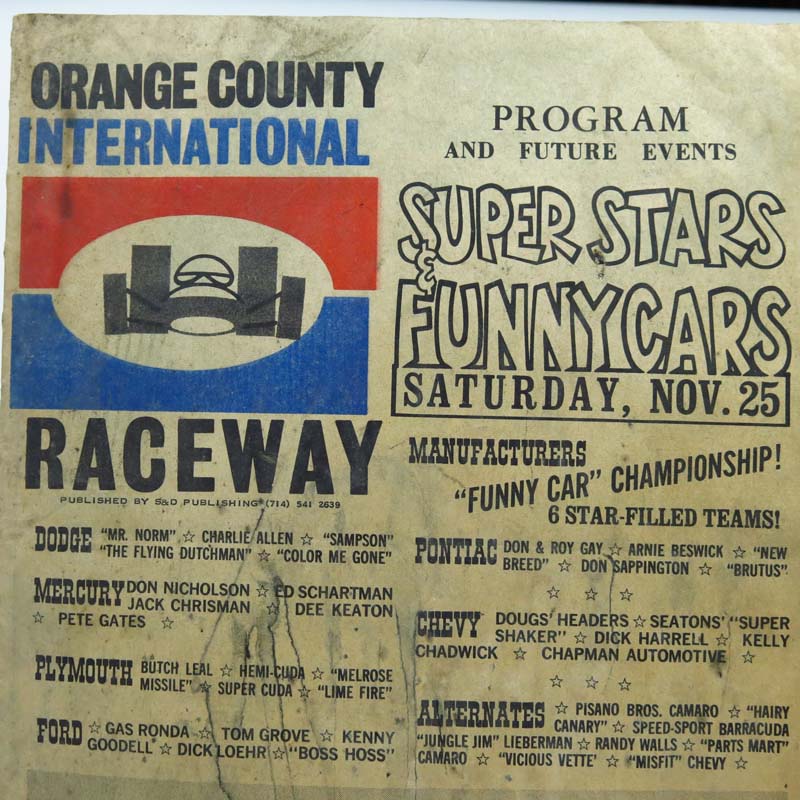
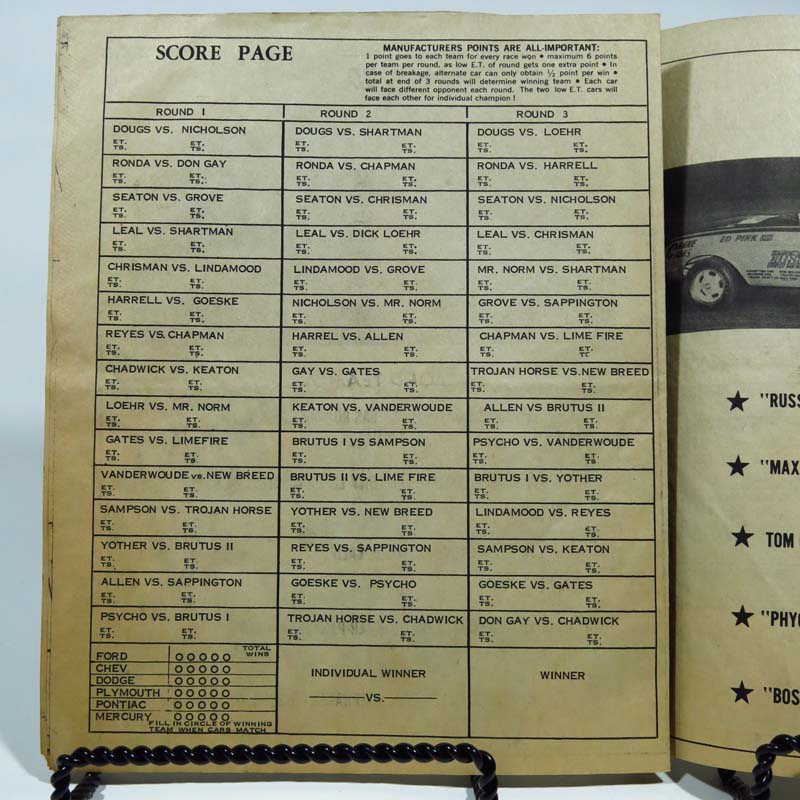
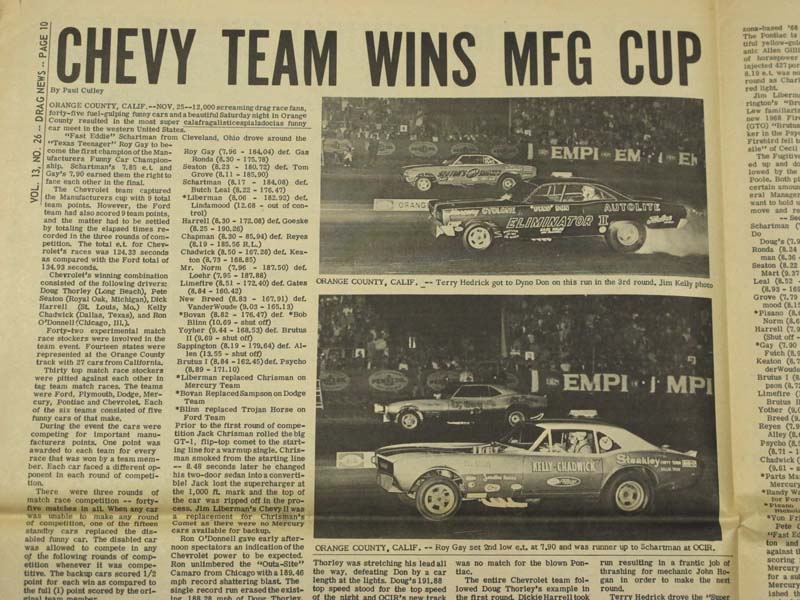
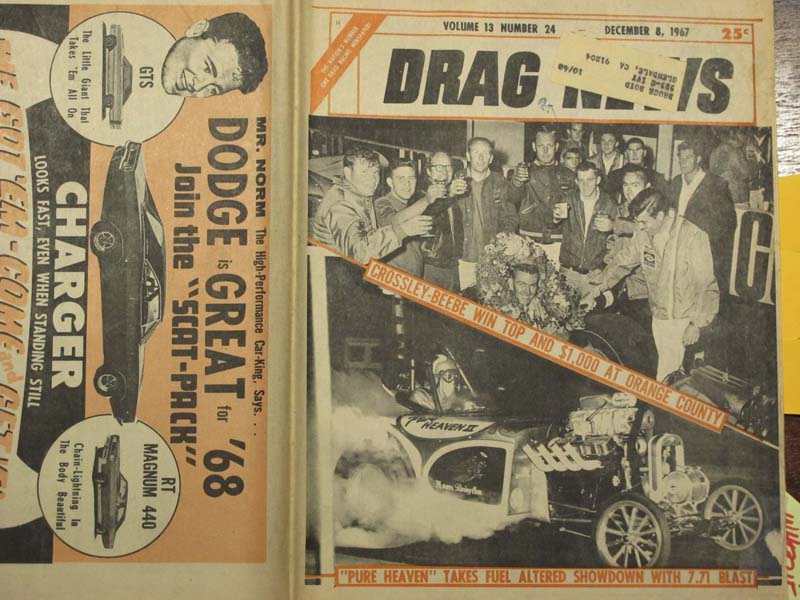

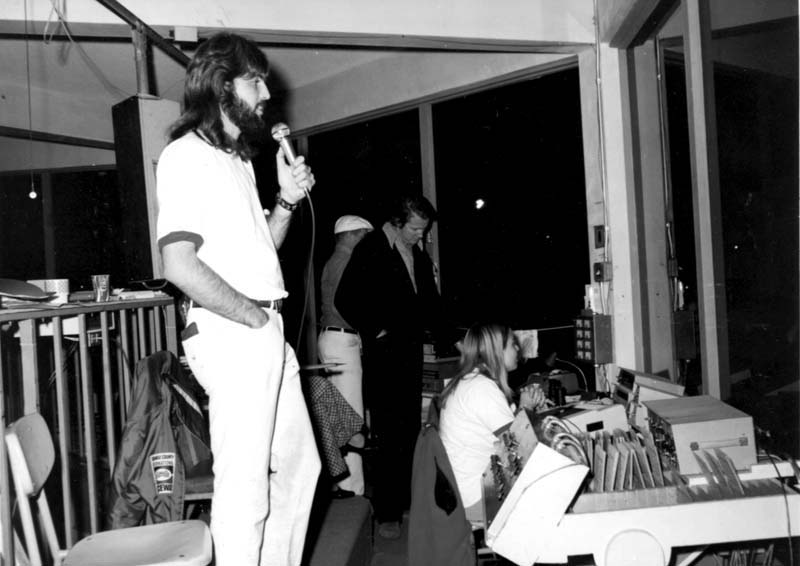

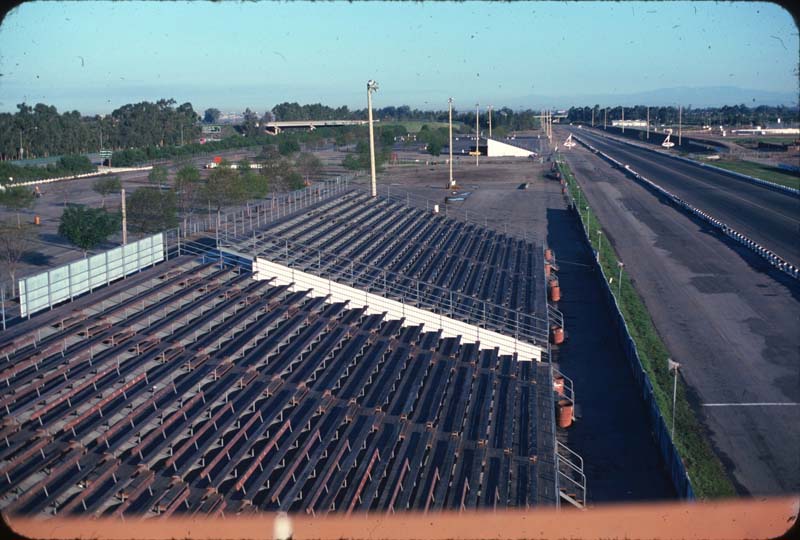
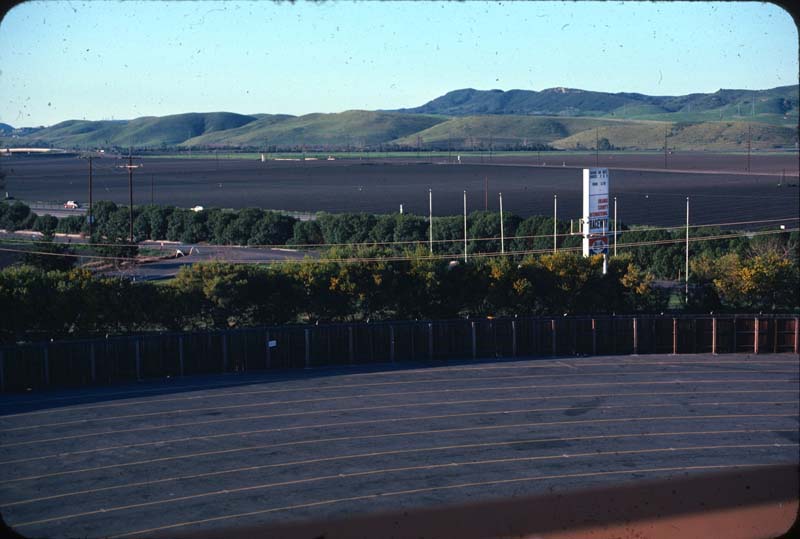
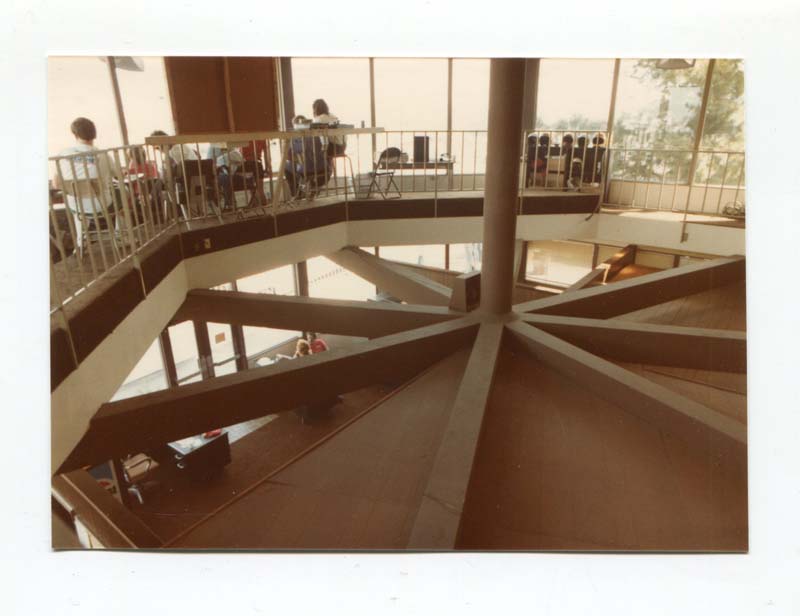
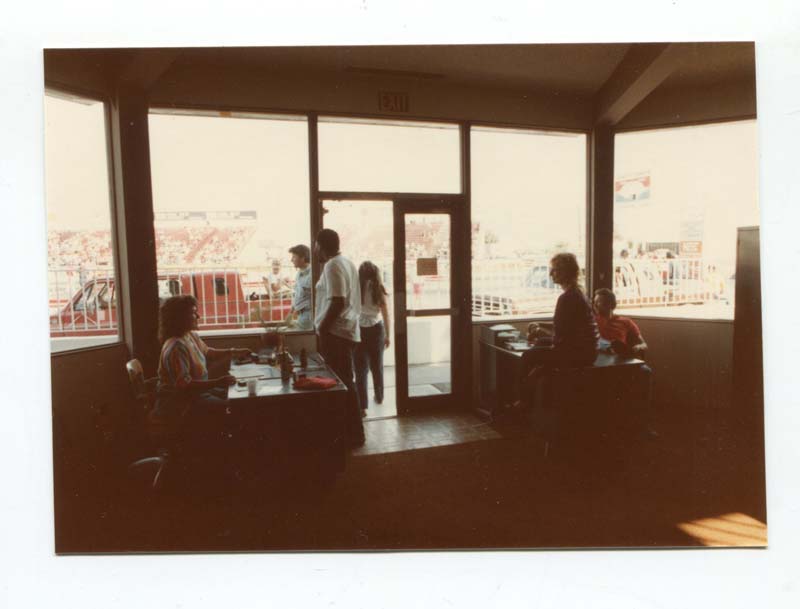
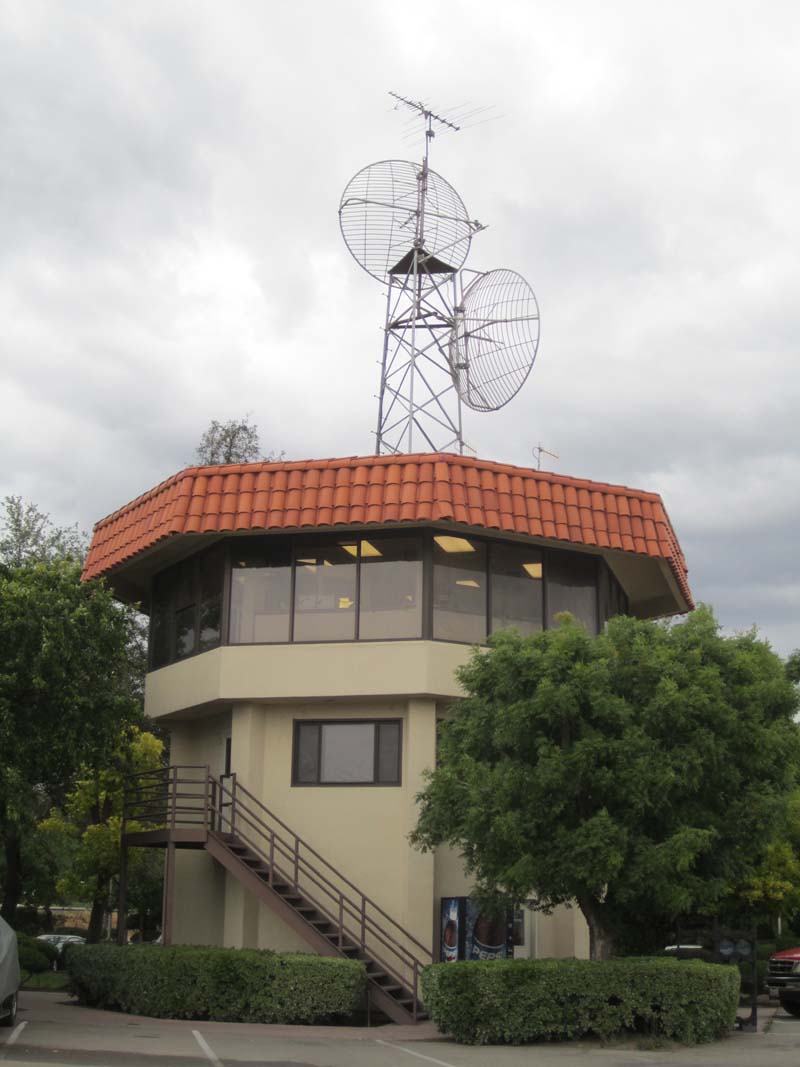
PREVIOUS DRAG RAGS
THE EARLIEST EDITIONS
BANS WERE BIG IN '57
ISKY STIRS THE POT
DRAG RAGS OF 1960 – TRAGEDY, POPCORN SPEEDS AND A CAMSHAFT RIVALRY
DRAG RAGS OF 1961: CONTROVERSY STALKS NHRA
DRAG RAGS: 1959 - GARLITS GOES FROM ZERO TO HERO, TURNS PRO
DRAG RAGS: 1959, PART 2 — HOW THE SMOKERS BEAT THE FUEL BAN
DRAG RAGS OF 1962: GARLITS IS NO. 1, WALLY IS ALL GAS
DRAG RAGS OF 1963: FUEL IS BACK - OR IS IT? JETS RUN WILD
DRAG RAGS OF JAN.-JUNE 1964: INNOVATION WITHOUT LIMITATION
DRAG RAGS OF JULY-DEC. 1964: ZOOMIES PUSH THROUGH THE 200-MPH BARRIER
DRAG RAGS OF EARLY '65: EXPLOSION OF WEEKLY PUBLICATIONS
DRAG RAGS OF JULY-DEC 1965: FUELERS, FUNNIES AND GASSERS APLENTY
DRAG RAGS 1965: TERRY COOK TELLS HOW THE WEEKLY SAUSAGE GOT MADE
DRAG RAGS: DRAG RAGS OF EARLY 1966: FUNNY CARS FLIP OUT, "SURFERS" STAR
DRAG RAGS: DRAG RAGS OF JUL.-DEC. 1966: FAILING NEWSPAPERS, PIONEERING FEMALES
DRAG RAGS OF 1966, PART 3 — DEATH OF A DRAG RAG
DRAG RAGS: EARLY 1967 - WAR OF EARLY INDEPENDENTS ENDS
DRAG RAGS: 1967, PART 2—OCIR & THE MANUFACTURERS MEET





